7 miles
Lovely sunny day with possibility of thunderstorms (none ever materialized). Temp. range 47-68
Because we wanted to leave earlier than the designated start of breakfast (9:00), our hostess, Montse had left us cold cuts and cheese and coffee in the refrigerator and huge slices of bread and a banana and flan on the table. Stephen was surprised to find that the reheated coffee was very good.
We took a taxi back to Galisteo which looked nicer in the morning light than it had on the gloomy afternoon the day before.
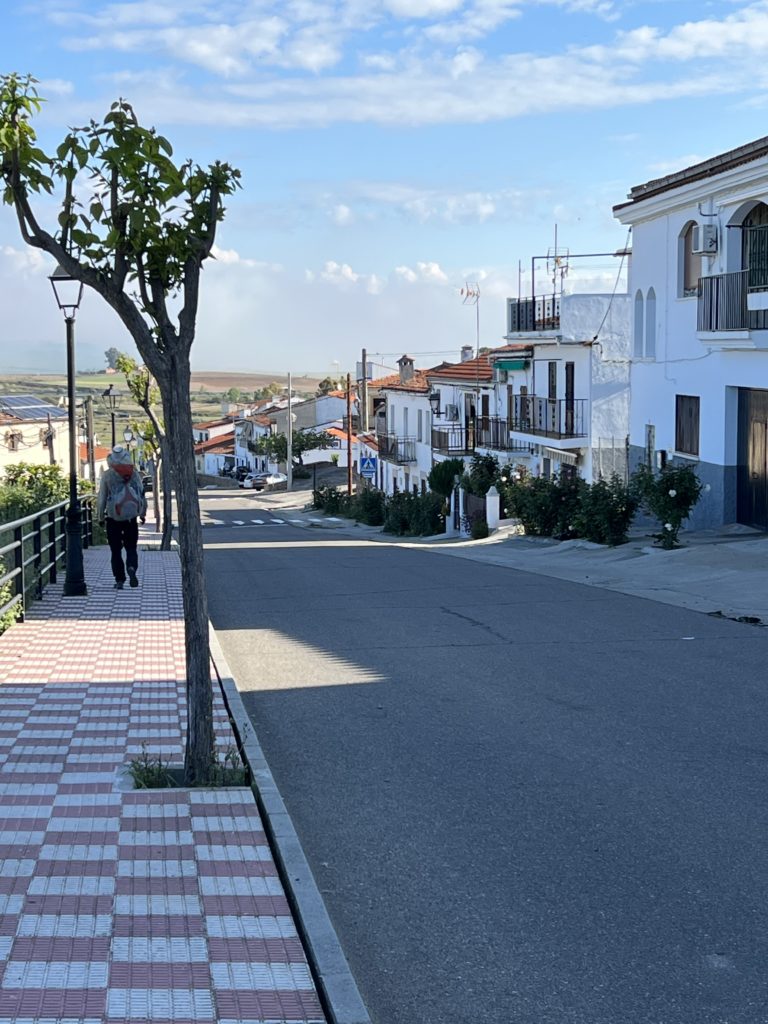
David called to tell us about the Christian Gerhaher concert of Brahms lieder he had heard the night before.
We crossed the River Jerte by a medieval (14th C) bridge inaptly known as the Puente Romano.
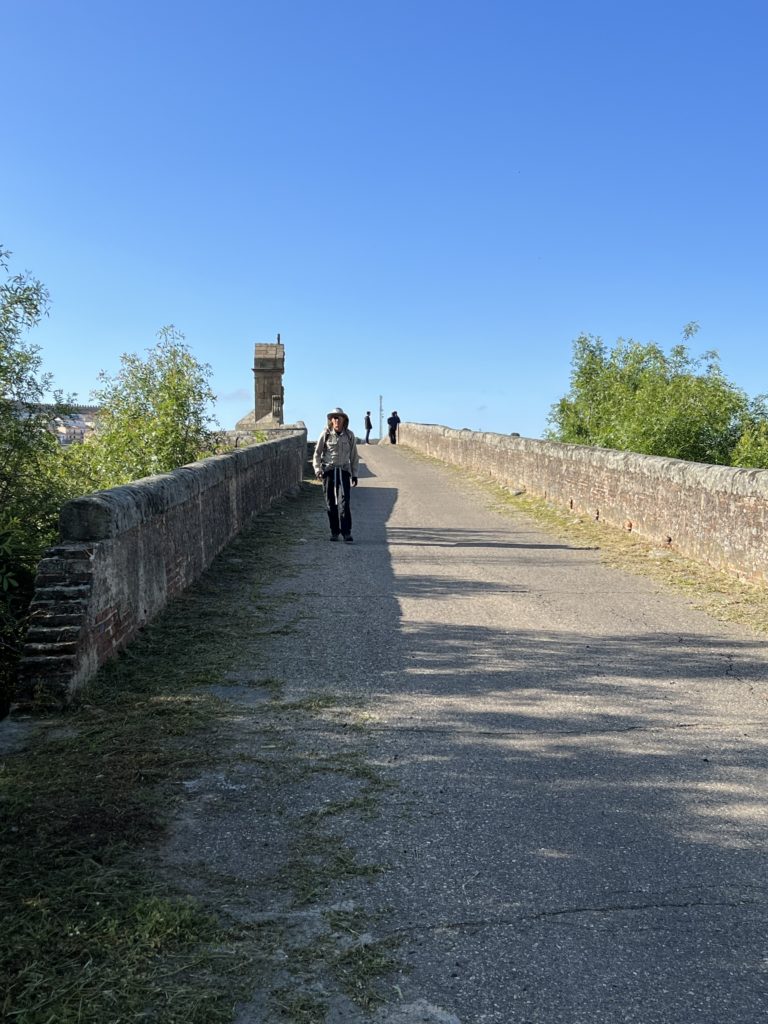
Everything is greener and lusher than we’ve experienced on previous days.
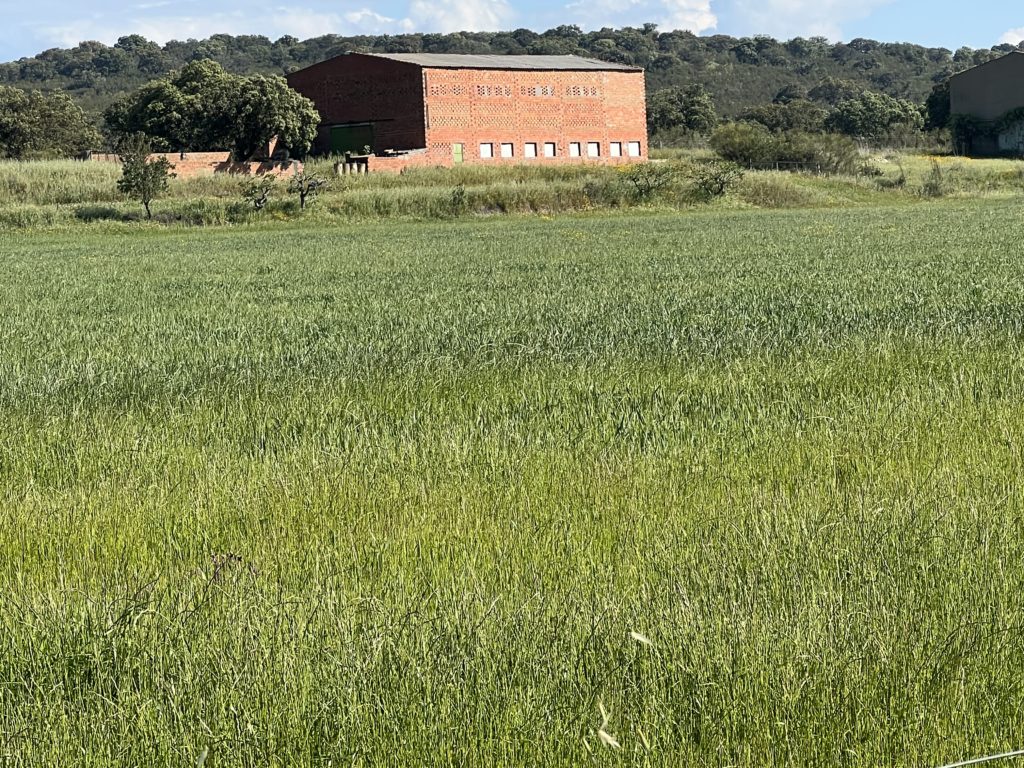
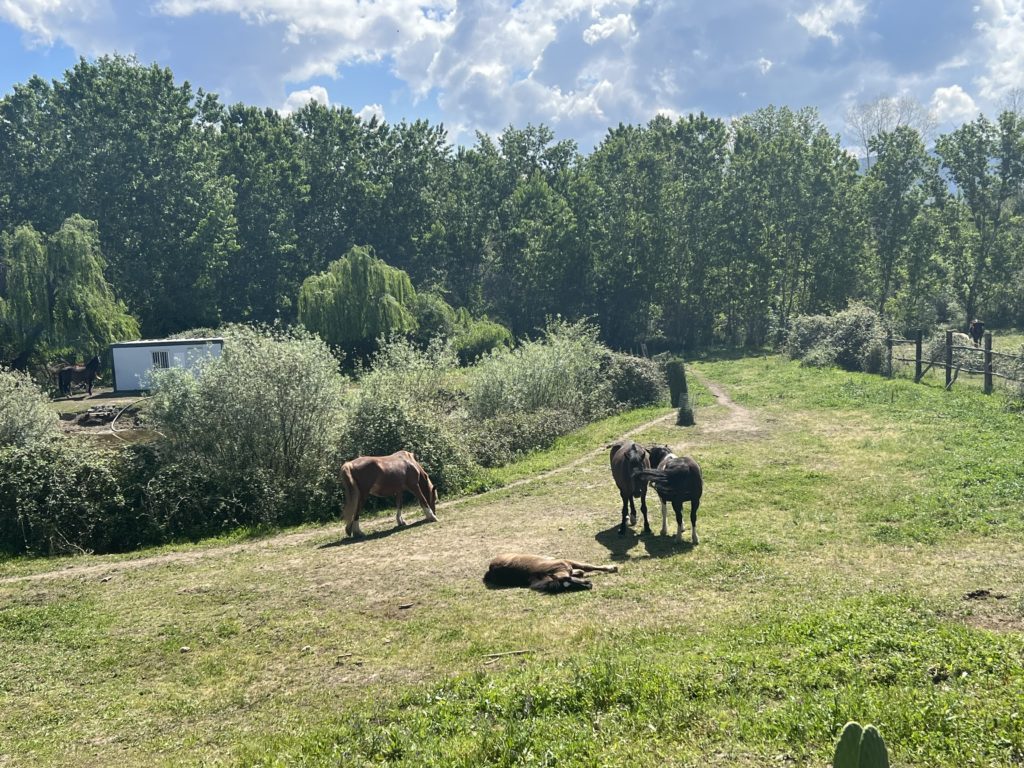
The walk to Carcaboso was along a road but not unpleasant.
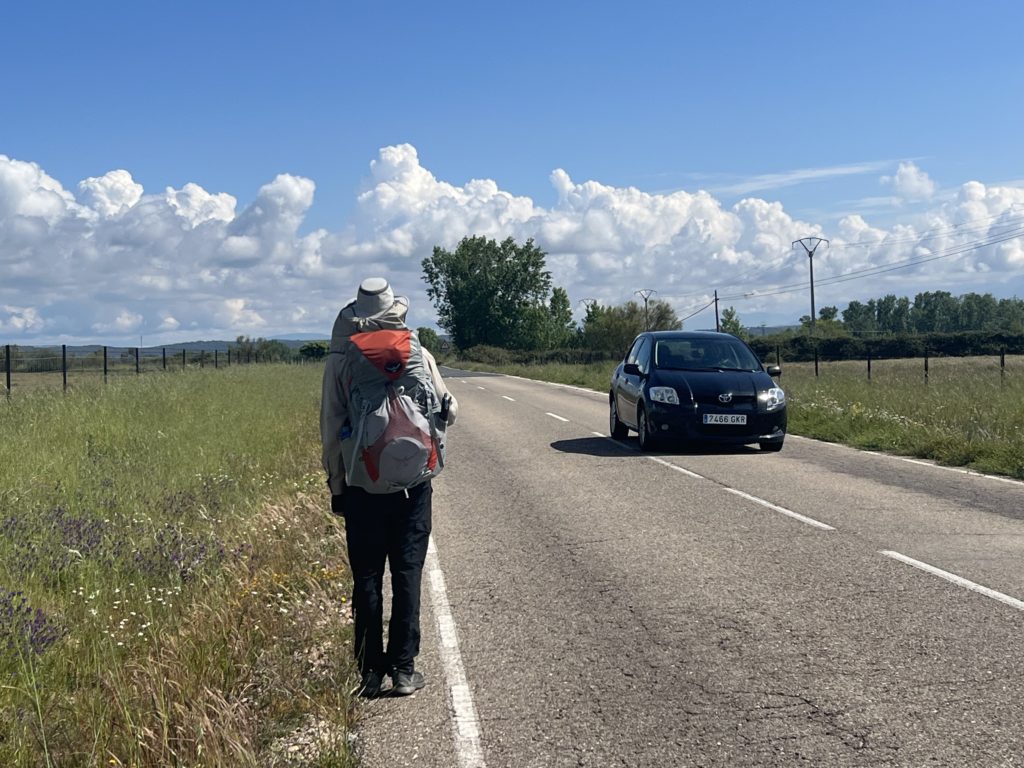
We passed fields of grain, pastures, other agricultural land, a poplar farm (possibly associated with what seemed to be a cellulose factory belching out smoke and bad odors), a huge array of solar panels, a wind farm. There were oaks on the hills and poplars and willows near the streams.
We took a quick look at the main square of Aldehuele del Jerte (pop. 350) and walked on to Carcaboso (pop. 1160), an uninspiring place.
There are 3 Roman miliarios in the front yard of the church from the time of Trajan and Hadrian.
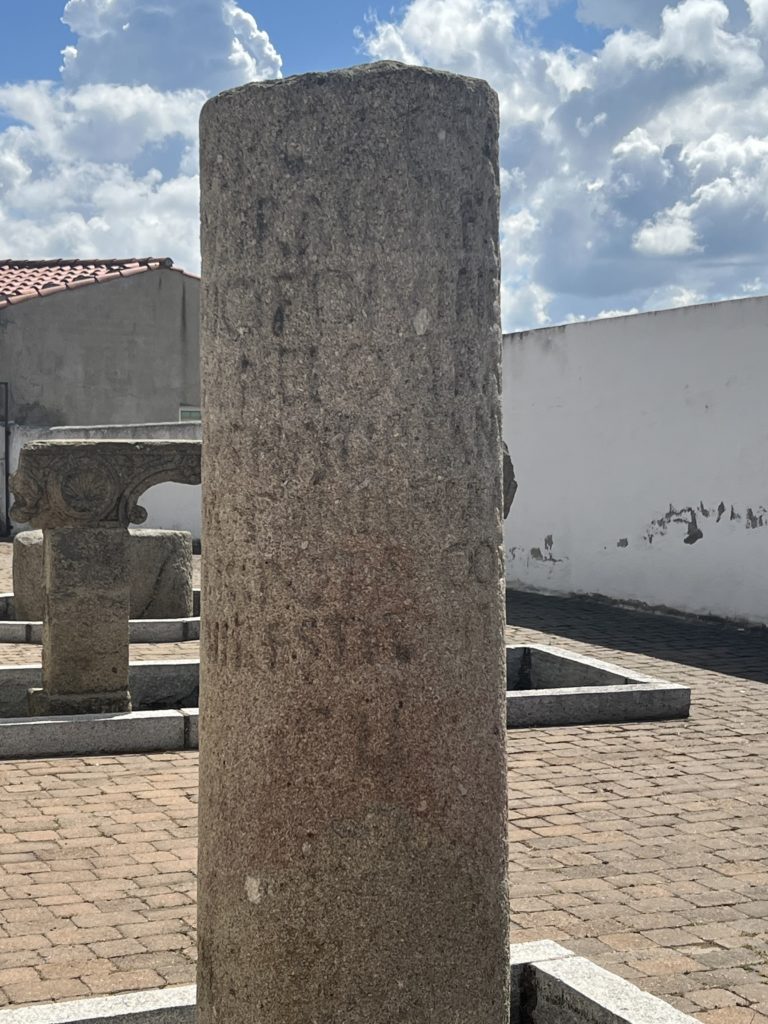
While we were wandering around looking for a taxi stand (to get a taxi to Plasencia), we were buttonholed by the owner of a private albergue who insisted on calling a taxi for us and on giving us a tour of his albergue— he had no customers!! He was unable to locate a taxi so I gave him the number of Raul who had driven us the day before.
Plasencia (pop. 40,663) is a lovely town (founded in the 12th C) on the banks of the Jerte River. It was once completely surrounded (12th C) by double walls, large portions of which have now been incorporated into private houses.
We are spending two nights in a really nice room at the Parador-a beautiful building (on the site of a synagogue which was itself built on the site of a muslim fortress) which still retains some of the architectural features of the 15th-17th C monastery it once was.
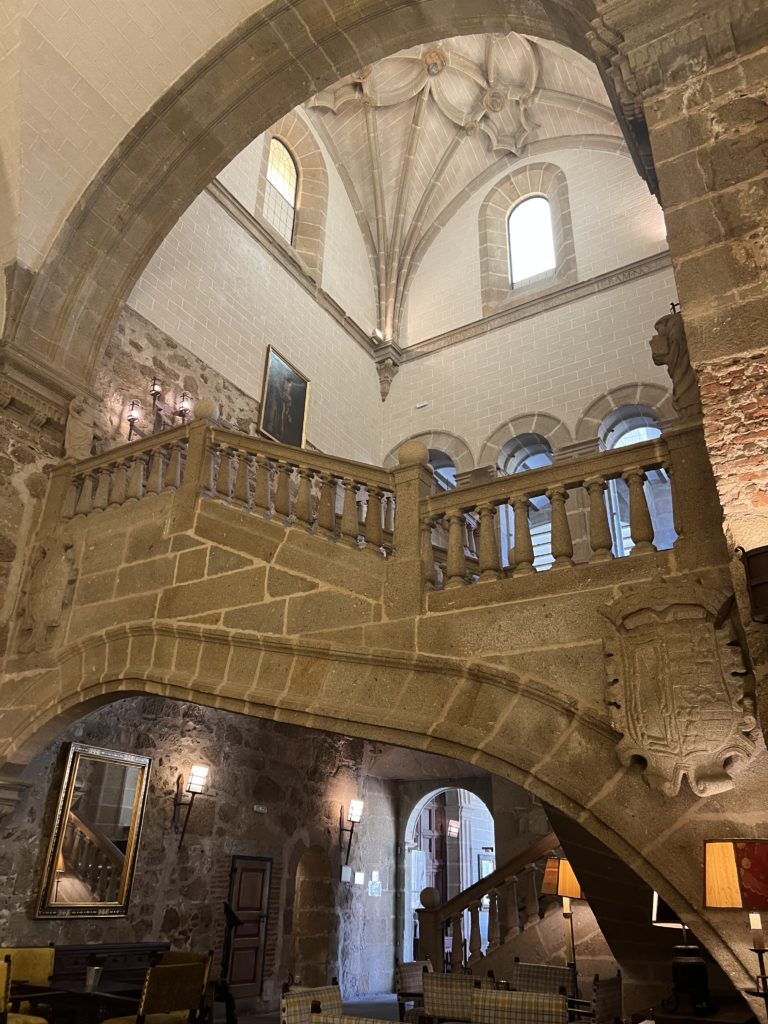
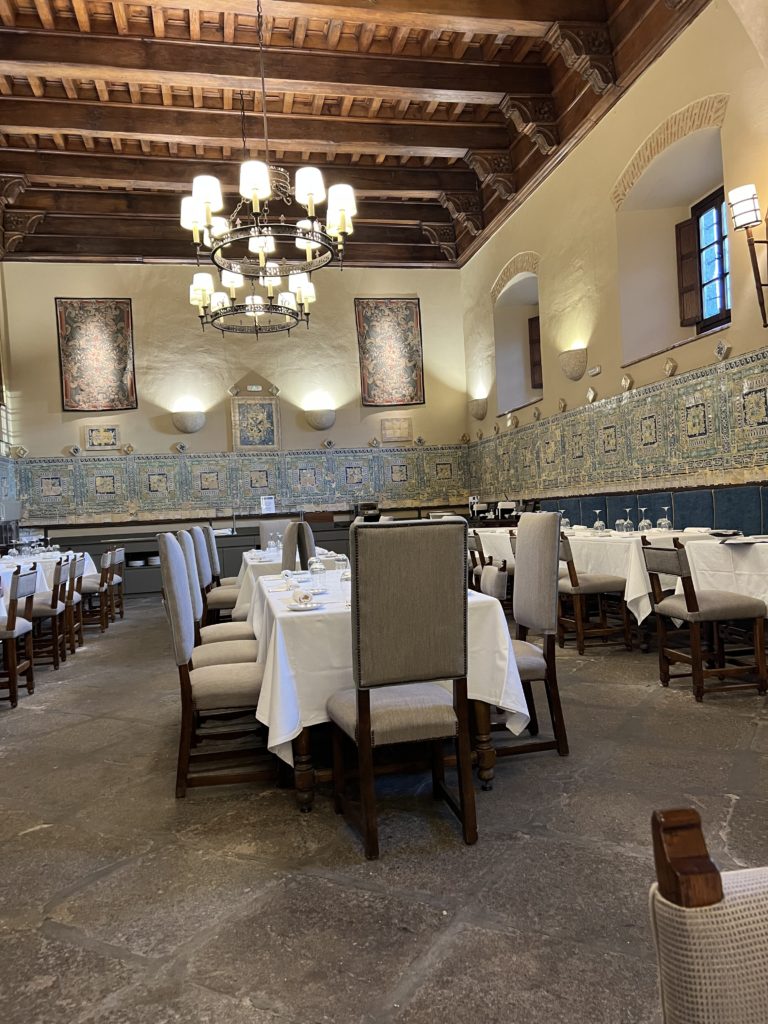
We spent the afternoon shopping for food supplies (including great bread and cookies) and wandering about the old town whose buildings largely date from the 15th C. Why are some towns more charming than others? We loved Plasencia!
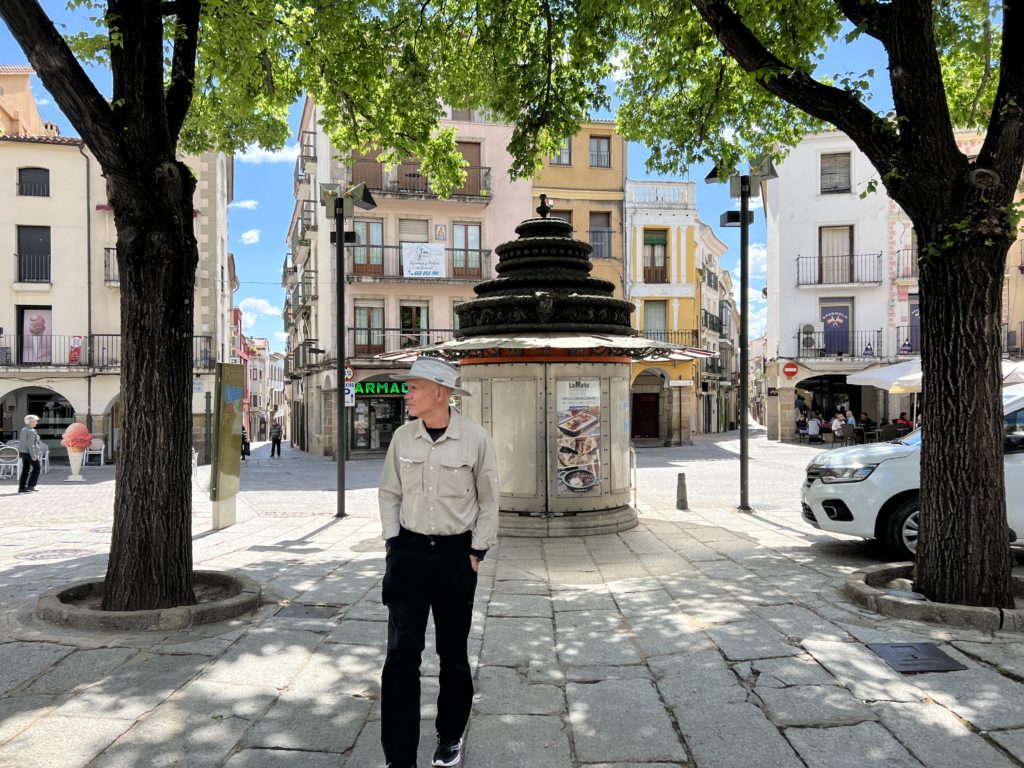
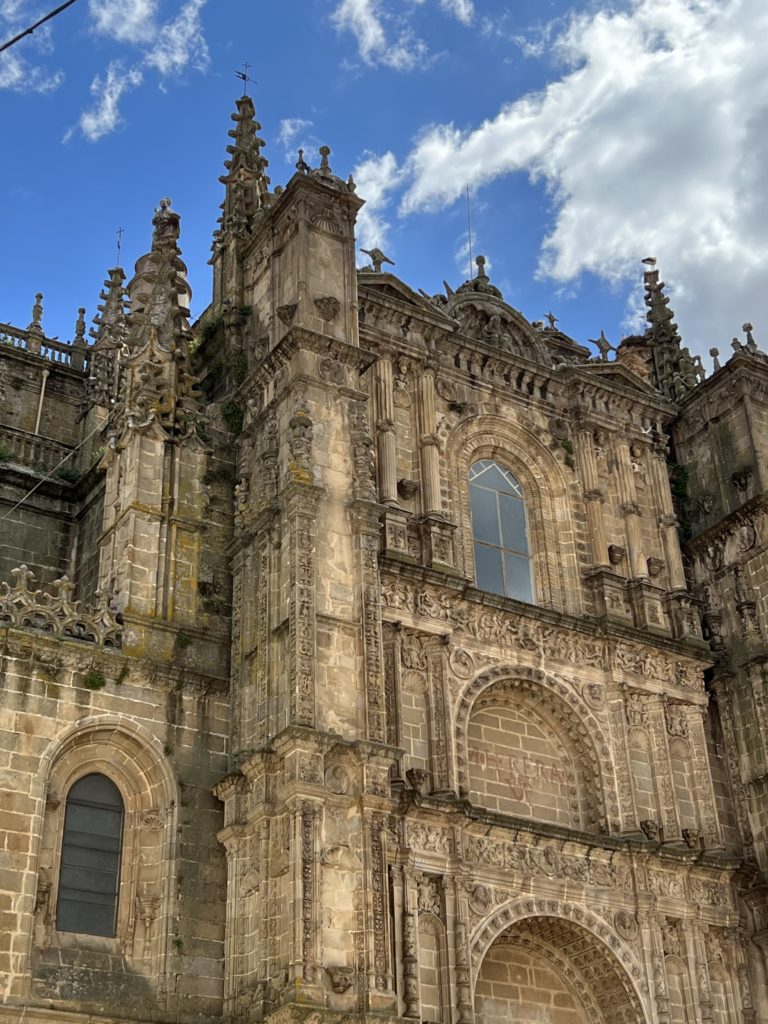
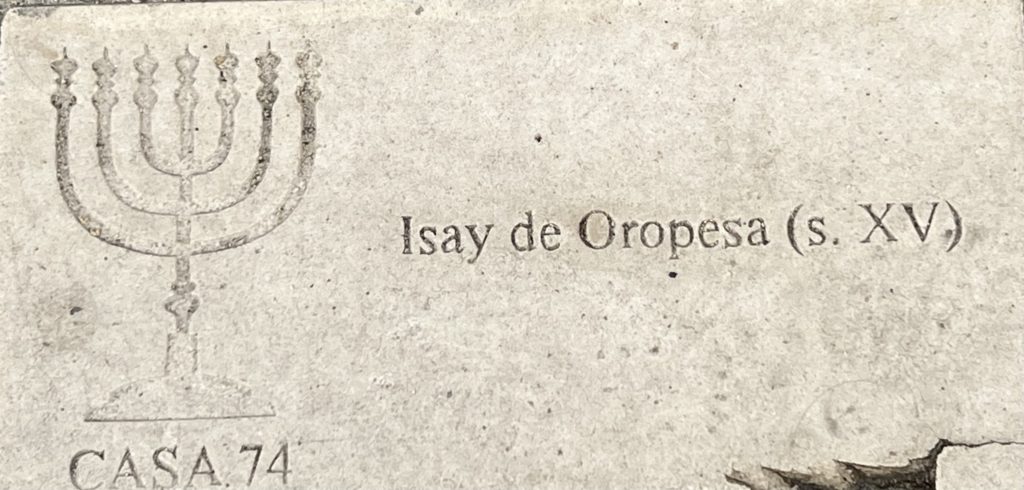
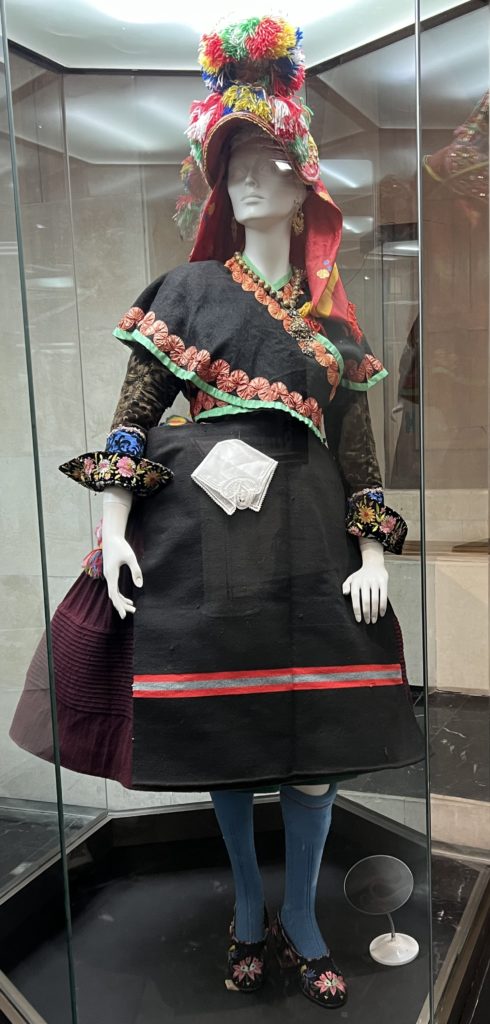
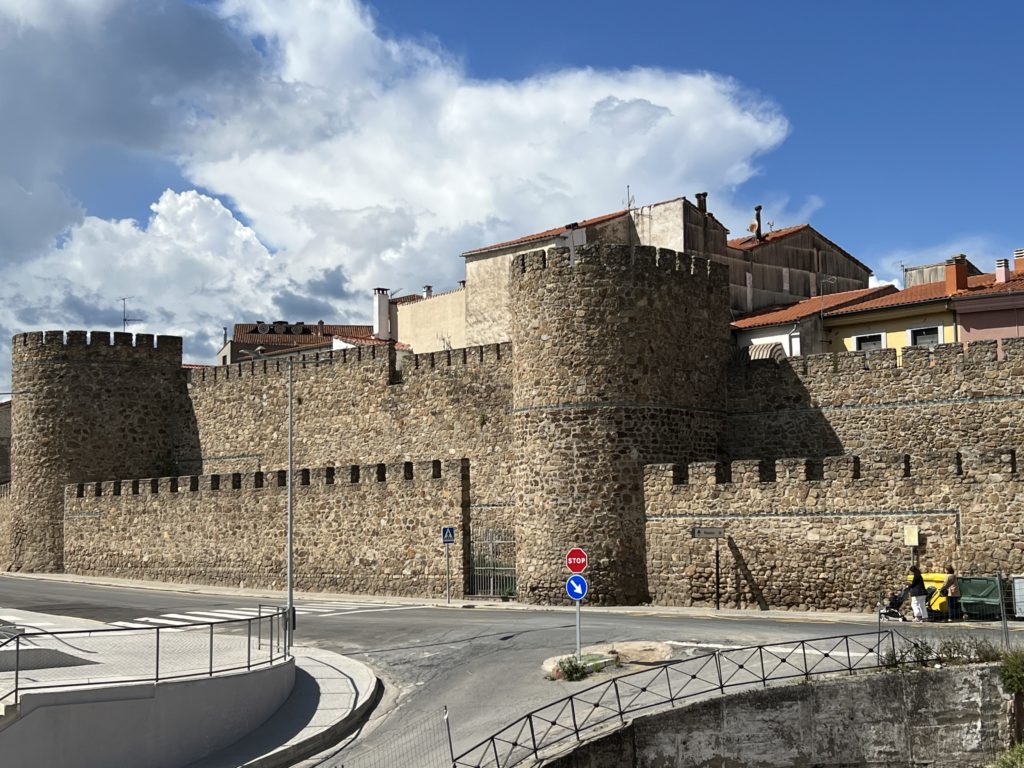
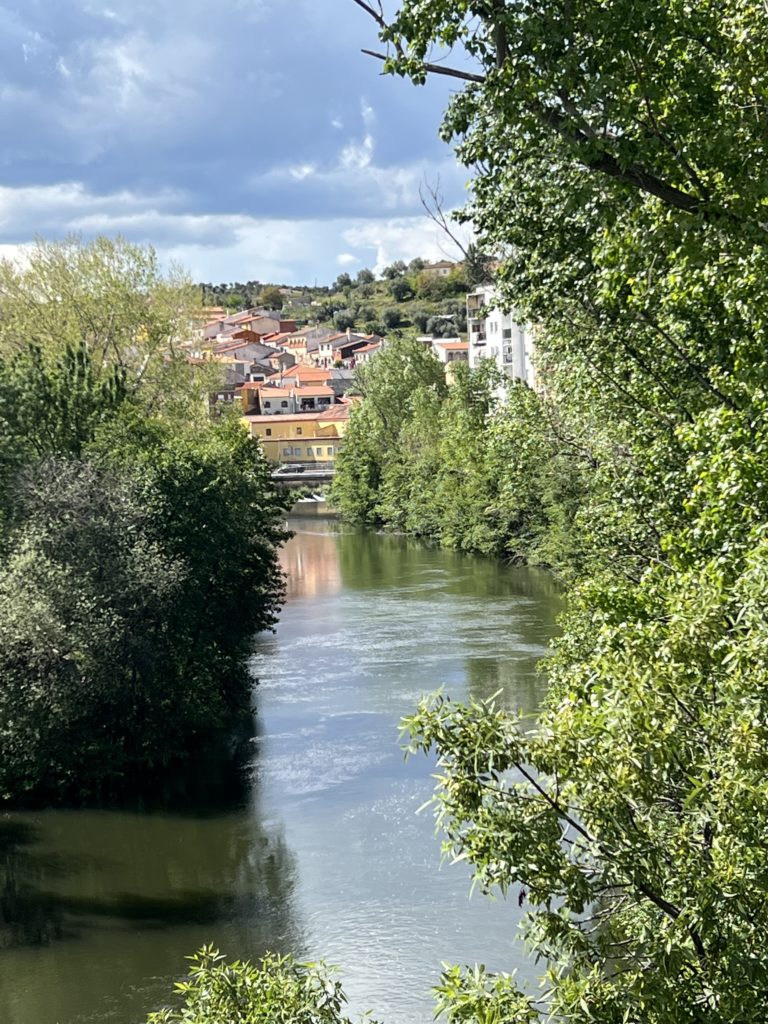
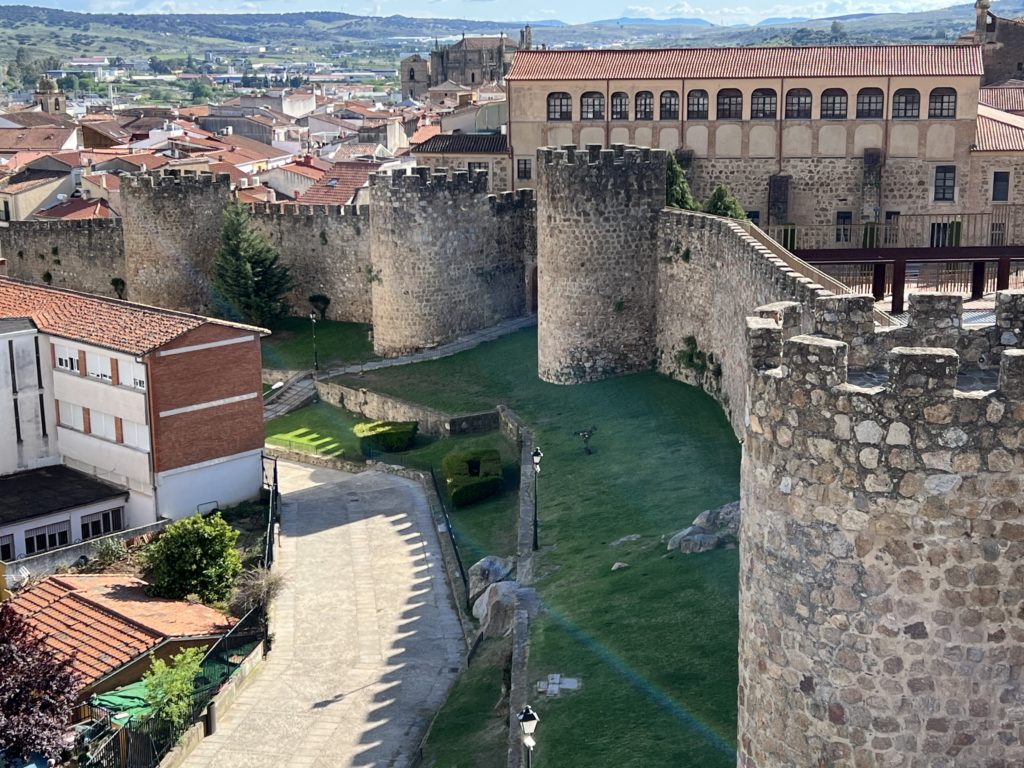
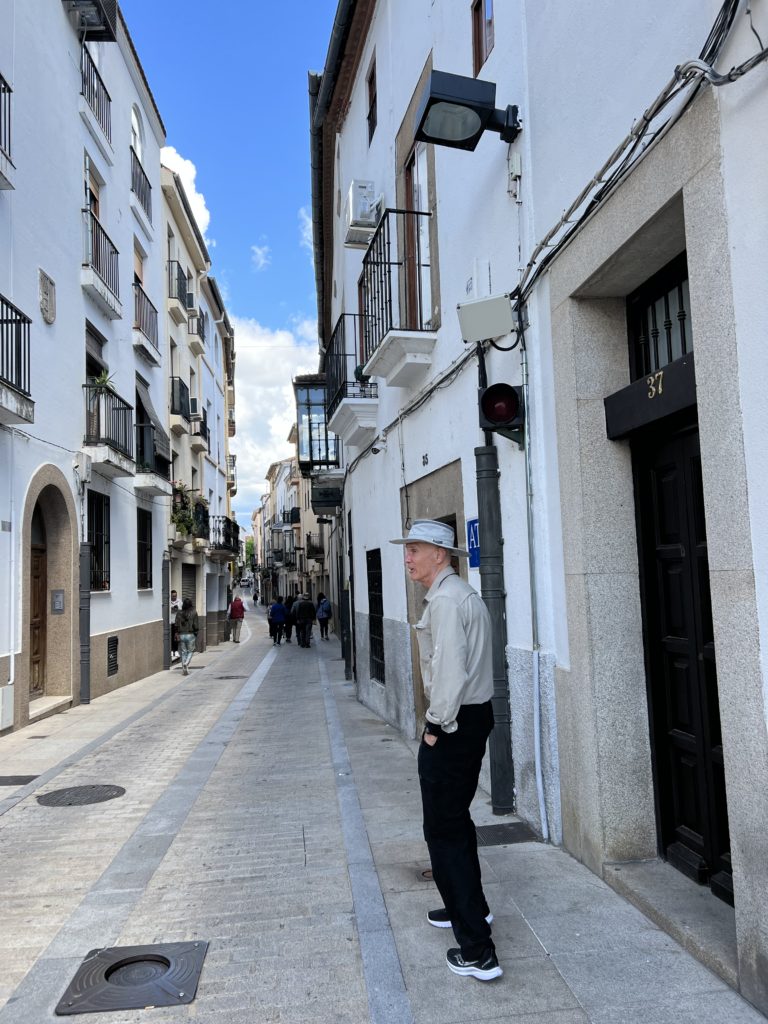
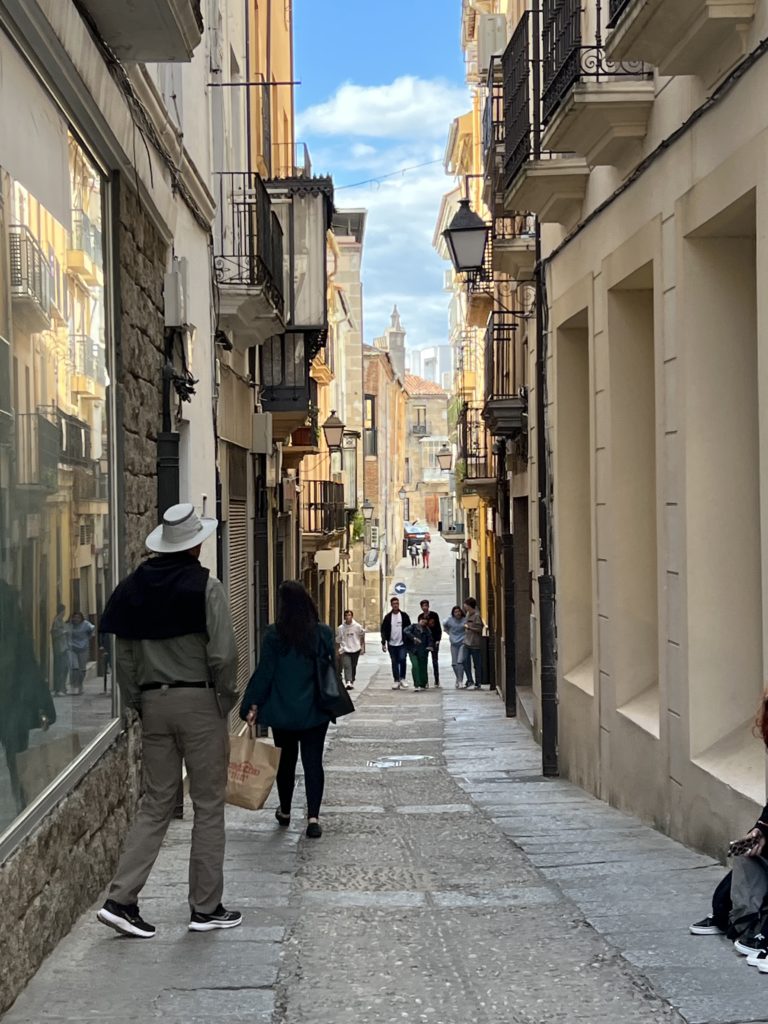
Regrettably, the cathedrals (there is an old attached to a new) were closed for repairs.